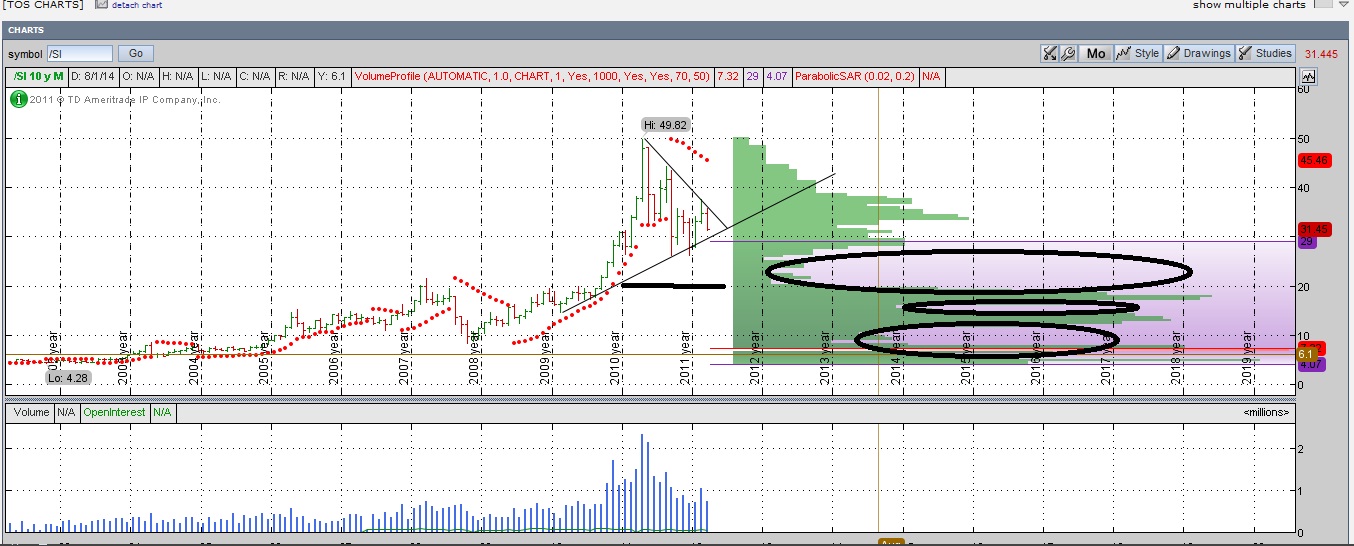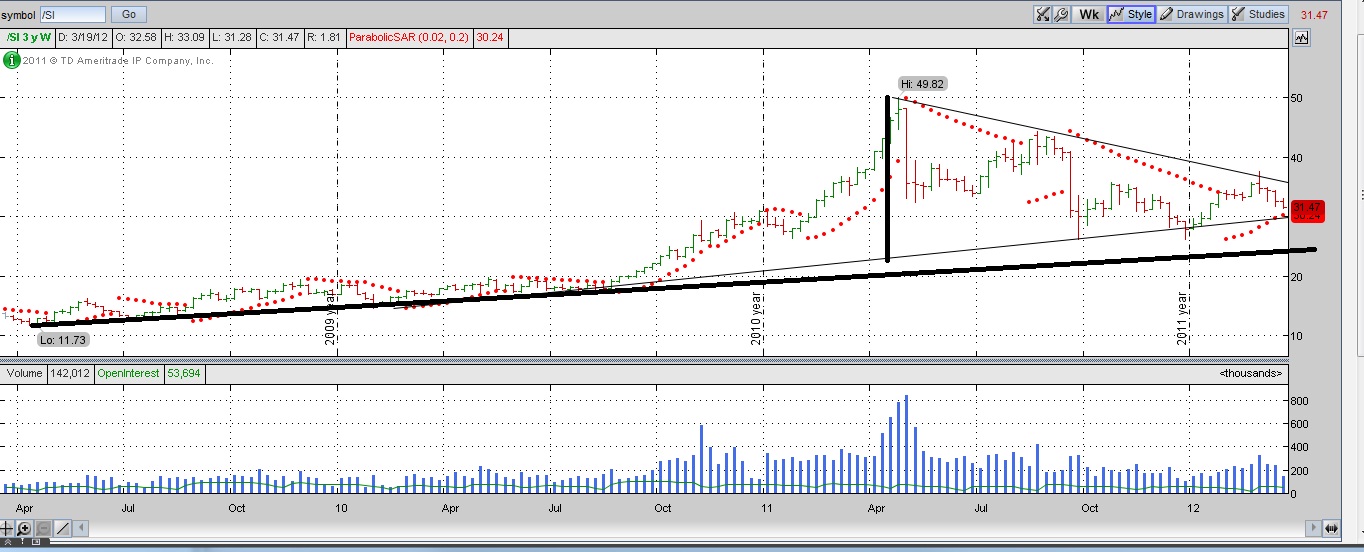I decided to go with the posts titled “trend trader” for use explaining the individual industries and stock and etf selections and their weightings. The Trend Report will instead just analyze the market, the economy, etc.
When you expect the market to move strongly to the upside, and present high upside, limited downside with a good probability of success, you want to increase your Beta, that is your leverage to the overall market. The Trend Report is about trying to best understand the conditions to make those shifts to position your beta properly to be aligned with the market and your percentage allocation of “risk on”, “risk off” and “neutral”.
The Trend Trader instead is about Alpha. It is about individual names that present a good return on a low risk. A high individual margin of safety.
We will first analyze the sectors. This was mostly done in late January but I haven’t gotten around to completing it until now.
http://www.wikiwealth.com/company:healthcare
http://www.wikiwealth.com/company:telecom
http://www.wikiwealth.com/company:utility
http://www.wikiwealth.com/company:energy
http://www.wikiwealth.com/company:industrial
http://www.wikiwealth.com/company:financial
http://www.wikiwealth.com/company:technology
http://www.wikiwealth.com/company:staple
http://www.wikiwealth.com/company:discretionary
http://www.wikiwealth.com/company:material
healthcare 52%
telecom 31%
utility 26%
energy 19%
industrial 17%
financial 15%
technology 5%
staple 37%
discretionary 0%
material -9%
(valuations from sometime in late Jan)
The following get long term buy ratings as well: telecom,utility,energy,industrial,financial,technology,staple,discretionary
You can use sector spdr ETFs if you like, or else look at individual etfs or stocks within each area.
I combed through a handful of etfs in each area with decent valuations
discretionary PMR
discretionary UGE (2x)
staples KXI
staples RHS
energy MLPN
energy IYE
energy GEX
energy ERX (3x)
energy ICLN
energy TAN
energy DIG (2x)
financial IAI
financial UYG (2x)
financial KME
financial IAK
financial IAT
financial KCE
financial RKH
financial FAS (3x)
healthcare BIB (2x)
healthcare BBH
healthcare IHF
healthcare RXL (2x)
industrial PHO
industrial CGW
industrial PPA
transportation FAA
materials NONE
tech IAH
tech TYH (3x)
tech (nanotech) PXN
telecom TTH
telecom IXP
utility JXI
utility RYU
Of index etfs, SPY looks better valued than the rest while FXI is overvalued.
Here are a handful of highly undervalued regional ETFs
Mexico UMX
India ETFs INDL
Global/Multi-Region ETFs IXP
Global/Multi-Region ETFs JXI
Global/Multi-Region ETFs BBH
Latin America LBJ
Global/Multi-Region ETFs DBR
Global/Multi-Region ETFs TAN
Global/Multi-Region ETFs MNA
DEVELOPED MARKETS DZK
EMERGING MARKETS EDC
Global/Multi-Region ETFs DOO
Global/Multi-Region ETFs IXJ
Global/Multi-Region ETFs IRY
Global/Multi-Region ETFs ICLN
Global/Multi-Region ETFs FGD
Global/Multi-Region ETFs PBTQ
Global/Multi-Region ETFs GEX
Latin America ILF
Global/Multi-Region ETFs MKH
Global/Multi-Region ETFs PWND
Global/Multi-Region ETFs KXI
Brazil UBR
China FNI
EMERGING MARKETS EEG
Individual stocks with long term buy ratings and many of these still are likely to provide a margin of safety but should be checked at http://www.wikiwealth.com/company or gurufocus.
AllianceBernstein (AB) Stock Research
Alliance One (AOI) Stock Research
Advanced Battery Tech (ABAT) Stock Research
China Yuchai Intl (CYD) Stock Research
COPEL (ELP) Stock Research
Ctrip.com (CTRP) Stock Research
Central European Distribution (CEDC) Stock Research
Dean Foods (DF) Stock Research
Gafisa SA (GFA) Stock Research
Hewlett-Packard (HPQ) Stock Research
Entergy (ETR) Stock Research
America Movil (AMX) Stock Research
AMN Healthcare (AHS) Stock Research
Dreamworks Animation (DWA) Stock Research
H&R Block (HRB) Stock Research
CTC Media (CTCM) Stock Research
Cemex (CX) Stock Research
American Dental Partners (ADPI) Stock Research
Grupo Televisa (TV) Stock Research
California Water (CWT) Stock Research
Best Buy (BBY) Stock Research
Goldman Sachs (GS) Stock Research
Gannett (GCI) Stock Research
ConocoPhillips (COP) Stock Research
Dell (DELL) Stock Research
Amsurg (AMSG) Stock Research
Energy Transfer Partners (ETP) Stock Research
Cal-Maine Foods (CALM) Stock Research
Interactive Brokers (IBKR) Stock Research
Exelon (EXC) Stock Research
AmeriGas Partners (APU) Stock Research
Banco Bradesco (BBD) Stock Research
B&G Foods (BGS) Stock Research
Capital Senior Living (CSU) Stock Research
Comcast (CMCSA) Stock Research
Apollo (APOL) Stock Research
Anglo American (AAUKY) Stock Research
Allstate (ALL) Stock Research
Brink’s Company (BCO) Stock Research
Diamond Offshore (DO) Stock Research
Itron (ITRI) Stock Research
Freeport-McMoran (FCX) Stock Research
Many stocks with long term hold ratings still provide an excellent margin of safety and also are worth looking at.
Gentiva (GTIV) Stock Research
Canadian Solar (CSIQ) Stock Research
Alliance Imaging (AIQ) Stock Research
Bon-Ton Stores (BONT) Stock Research
China Information Security (CNIT) Stock Research
Frontline (FRO) Stock Research
Hanwha SolarOne Power (HSOL) Stock Research
Excel Maritime (EXM) Stock Research
Corinthian Colleges (COCO) Stock Research
Calamos (CLMS) Stock Research
DHT Maritime (DHT) Stock Research
Imperial Sugar (IPSU) Stock Research
AMR Corp (AMR) Stock Research
Alcatel (ALU) Stock Research
Aegean Marine (ANW) Stock Research
CPFL Energia (CPL) Stock Research
Healthways (HWAY) Stock Research
Career Education (CECO) Stock Research
China Finance Online (JRJC) Stock Research
Farmers Capital Bank (FFKT) Stock Research
Bidz.com (BIDZ) Stock Research
China Medical Tech (CMED) Stock Research
Eastman Kodak (EK) Stock Research
Amrep Corp (AXR) Stock Research
Aspen Insurance (AHL) Stock Research
Cogo Group (COGO) Stock Research
Ambassadors (EPAX) Stock Research
Himax Tech (HIMX) Stock Research
ITT (ITT) Stock Research
Ceom Israel (CEL) Stock Research
Allied World Assurance (AWH) Stock Research
Axis Capital (AXS) Stock Research
Exide Technologies (XIDE) Stock Research
ACE (ACE) Stock Research
American Caresource (ANCI) Stock Research
Hudson City Bancorp (HCBK) Stock Research
JA Solar (JASO) Stock Research
Advanced Semiconductor (ASX) Stock Research
HDFC Bank (HDB) Stock Research
Forest Labs (FRX) Stock Research
Air T (AIRT) Stock Research
There are probably many more, but I have not gone through all of the names at http://www.wikiwealth.com/company
http://www.wikiwealth.com/country
The mexican peso for example looks great on a valuation basis and on a chart on a monthly basis, but the daily/weekly chart timing is terrible. You could add a FXN position and intend to increase the position it if it pulls back, and hold for awhile.
On the contrary, FXE is looking good on a weekly chart, but does not look to provide much of a margin of safety.
tradable currency (slow stochastics OS readings or close to it)
fxe weekly good
(fxs weekly okay)
(FXF weekly, okay)
uup daily good, weekly not great
tlt is somewhat reasonable to trade again. (relatively neutral signals).
But contrarian signals are warning that US treasuries should be avoided as it may present higher risks and lower return.
positive valuation
Taiwan (TWD, Dollar)
Egypt (EGP, Pound)
Singapore (SGD, Dollar)
Colombia (COP, Peso)
Greece (EUR, Euro)
Argentina (ARS, Nuevo Peso)
Hungary (HUF, Forint)
India (INR, Rupee)
Mexico (MXN, Peso)
Hong Kong (HKD, Dollar)
Russia (RUB, Rouble)
Czech Republic (CZK, Koruna)
Brazil (BRL, Real)
China (CNY, Yuan)
European Union (EUR, Euro)
France (EUR, Euro)
Indonesia (IDR, Rupiah)
Israel (ILS, Shekel)
USA (USD, Dollar)
South Africa (ZAR, Rand)
Italy (EUR, Euro)
Keep in mind that the euro can only be traded as one currency, however the bonds are sold separately so it is possible, but a bit more difficult to get exposure to the individual euro countries debt markets.
Currency ETFs for above that are available
icn/inr,fxm,fxru,bzf,cyb,uup,szr
Since prices change daily, valuations will as well, so you probably want to check everything over before making a decision, but this should give you a good range of selection from which you can determine which assets you want,
and then how to weight them… taking into account correlation and the overall outlook of the market based upon February trend report. You may want to use the guide to investing in stocks that I constructed to sort of explain how to bring the big picture together.
Comments »











